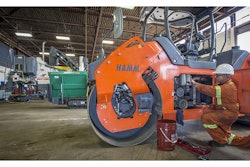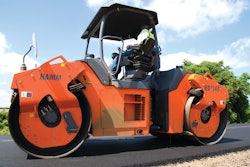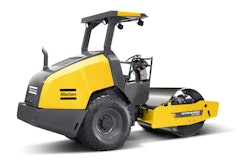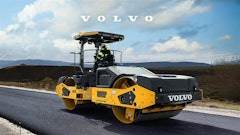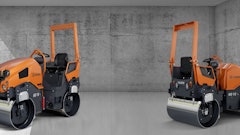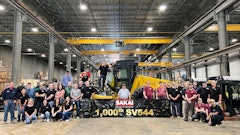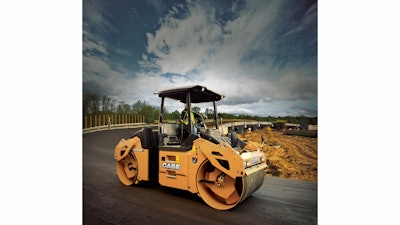
The more advanced electrical systems on today’s vibratory rollers are allowing more information to be conveyed to the operator and beyond.
According to Katie Pullen, brand marketing manager, Case Construction Equipment, the operator interface on today’s rollers is being more intuitive, providing information that helps operators not only do their job but also to better service their machines.
Take the new LCD screen built into the center of the steering wheel on the DV209C and DV210C asphalt compactors. “That LCD screen displays actual machine settings, including how much water is in the water tank, fuel levels and fault codes,” Pullen points out. “Operators can also monitor the temperature of the asphalt and see what frequency levels they’re working at. It gives operators a lot more information on the roller than was ever previously available.”
Telematics are also coming into play with vibratory models. “Telematics programs report back on performance metrics, idle time, and can be invaluable when it relates to maintenance,” Pullen explains. “Rather than relying on reports back from the operator, or actually making trips out to the site to write down service hours, fleet managers can automate the tracking of service needs and intervals and schedule maintenance at opportune times to minimize downtime.”




